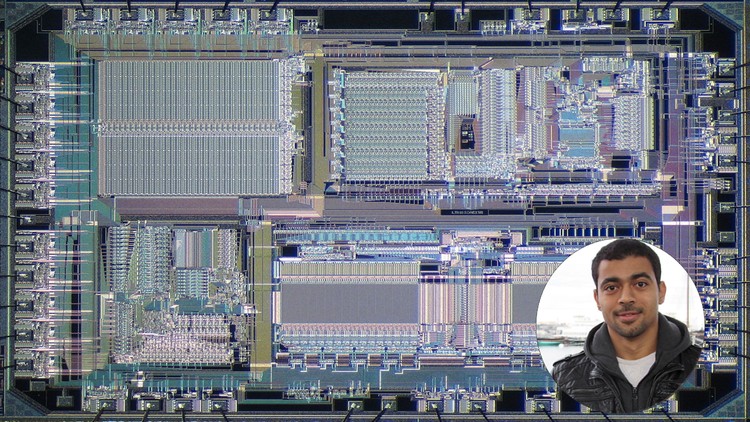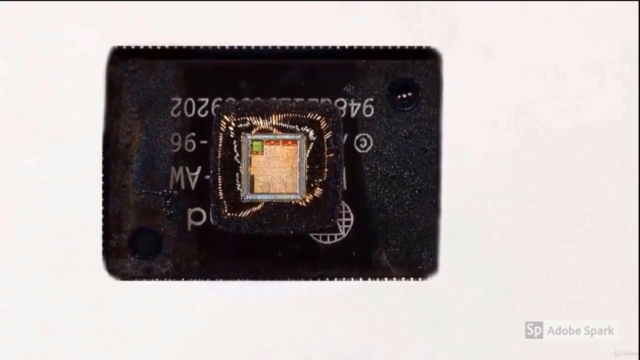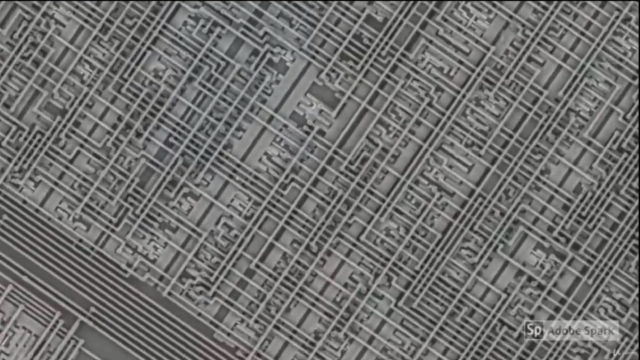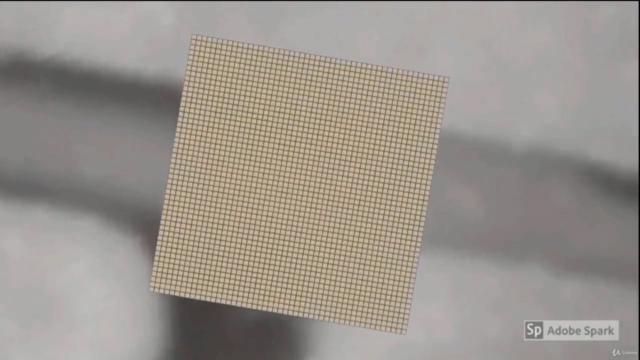An Intro to Electric Circuits (EE101-Sample)
Starting the way to learn about Electric Circuits Analysis and Design. (A Sample of the Main Course - EE101)
4.18 (83 reviews)

6,077
students
1.5 hours
content
Jan 2020
last update
FREE
regular price
What you will learn
Circuits Designers IQ Questions to challenge you and push you to think out of the box!
Real interview questions based on what I personally had from my experience.
Electric Circuit Basics and Fundamentals.
The reality of Ohm's law and where did it come from?
How to accurately and rapidly solve electric circuits.
Screenshots




Related Topics
2727012
udemy ID
12/29/2019
course created date
12/30/2019
course indexed date
Bot
course submited by